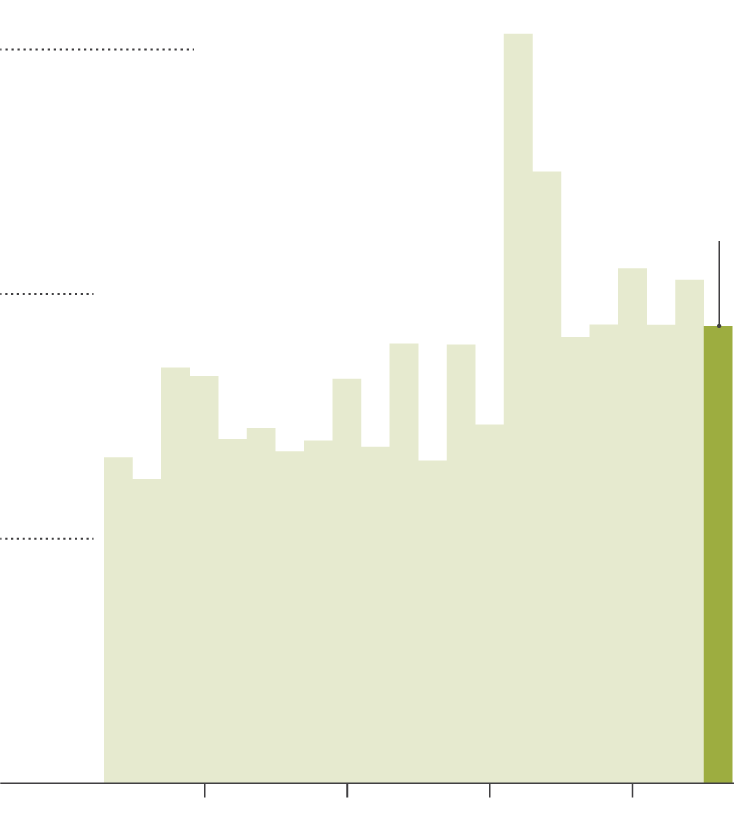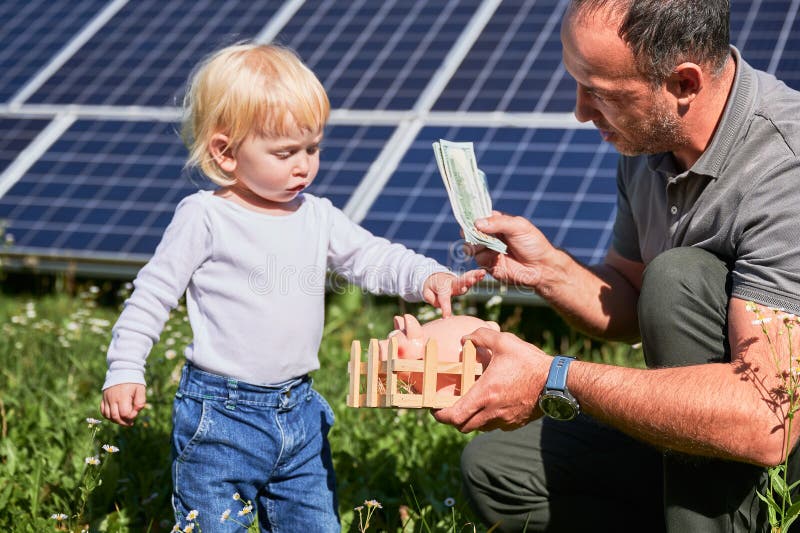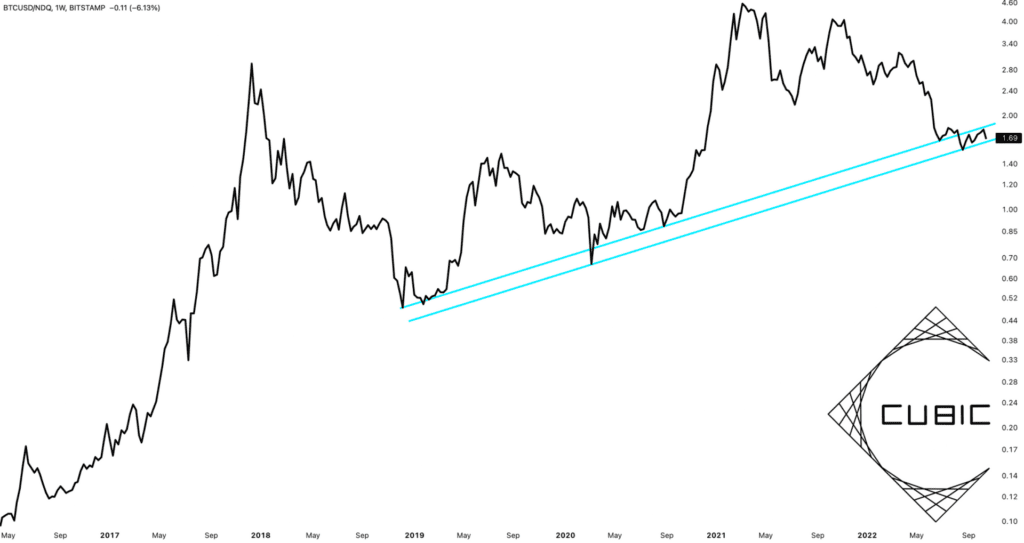Record Global Forest Loss Driven By Devastating Wildfires

Table of Contents
The Devastating Impact of Wildfires on Global Forests
Scale and Frequency of Wildfires
Wildfires are increasing in both frequency and intensity globally. We're seeing longer fire seasons and more extreme fire behavior, leading to unprecedented levels of forest destruction. The sheer scale is staggering:
- Examples: The 2019-2020 Australian bushfires burned an estimated 18.6 million hectares, while the Amazon rainforest has suffered repeated devastating fires in recent years, impacting vital biodiversity hotspots. California's wildfires have become an annual occurrence, consuming vast swathes of forest and impacting communities.
- Statistics: Annual acreage burned globally has shown a marked upward trend over the past several decades. Reliable data collection is crucial for tracking this devastating loss, allowing for targeted responses and prevention strategies. The impact of changing weather patterns, including extended periods of drought and extreme heat, is significantly exacerbating the situation.
Causes of Increased Wildfire Activity
The rise in devastating wildfires is a complex issue with multiple contributing factors:
- Climate Change: Rising global temperatures, prolonged droughts, and more frequent heatwaves create ideal conditions for wildfires to ignite and spread rapidly. Decreased rainfall further dries out vegetation, turning forests into tinderboxes.
- Human Activity: Deforestation for agriculture, logging, and urbanization significantly increases wildfire risk. The clearing of forests removes natural firebreaks and creates large expanses of dry fuel, readily available for combustion. Accidental ignition from human activities like campfires and power lines also plays a significant role.
- Natural Factors: While human activity and climate change are major drivers, natural factors such as lightning strikes remain a source of wildfire ignition. The interplay of these factors is causing a dangerous synergy that fuels these catastrophic events.
- Invasive Species: The introduction of invasive plant species that are highly flammable can alter forest ecosystems, making them more susceptible to wildfires and harder to manage.
Environmental Consequences of Wildfire-Driven Deforestation
The environmental consequences of wildfire-induced deforestation are far-reaching and severe:
- Biodiversity Loss: Wildfires destroy habitats, leading to the loss of countless plant and animal species, many of which are already endangered. The disruption of ecosystems can have cascading effects throughout the food chain.
- Carbon Emissions: Burning forests release massive amounts of carbon dioxide and other greenhouse gases into the atmosphere, exacerbating climate change and creating a vicious cycle of increased wildfire risk.
- Soil Erosion: The loss of vegetation leaves the soil exposed to the elements, leading to increased erosion, nutrient depletion, and desertification.
- Water Cycle Disruption: Deforestation impacts the water cycle, reducing rainfall, altering water quality, and leading to water scarcity in affected regions.
The Role of Deforestation in Fueling Wildfires
Deforestation Practices and Wildfire Risk
Deforestation practices significantly increase the risk of wildfires:
- Illegal Logging: Illegal logging activities often leave behind large amounts of debris and dry fuel, creating perfect conditions for wildfires to start and spread.
- Agricultural Expansion: Clearing forests for agriculture, particularly through slash-and-burn techniques, generates vast expanses of flammable material and increases the frequency of wildfires.
- Forest Fragmentation: The fragmentation of forests due to deforestation reduces the effectiveness of natural firebreaks, allowing fires to spread more easily.
The Link Between Deforestation and Climate Change
Deforestation and climate change are inextricably linked in a dangerous feedback loop:
- Carbon Cycle Disruption: Forests act as vital carbon sinks, absorbing CO2 from the atmosphere. Deforestation releases this stored carbon, contributing to climate change.
- Feedback Loop: Climate change, fueled by deforestation, increases the frequency and intensity of wildfires, leading to further deforestation and carbon emissions. This cycle accelerates global warming and intensifies the wildfire problem.
Combating Record Global Forest Loss and Wildfires: Solutions and Strategies
Prevention and Mitigation Strategies
Preventing and mitigating wildfires requires a multi-pronged approach:
- Improved Forest Management: Sustainable forestry practices, including selective logging and controlled thinning, can reduce the amount of fuel available for wildfires.
- Controlled Burns: Prescribed burns, conducted under controlled conditions, can help remove accumulated fuel and reduce the intensity of future wildfires.
- Community Engagement: Educating communities about wildfire prevention and response is crucial. This includes promoting responsible campfire practices and developing evacuation plans.
- Early Warning Systems: Advanced technology, such as satellite monitoring and weather forecasting, can provide early warnings of potential wildfire outbreaks, allowing for rapid response.
Reforestation and Forest Conservation Efforts
Reforestation and forest conservation are essential for combating deforestation and mitigating climate change:
- Afforestation: Planting trees in areas that were previously deforested can help restore ecosystems and sequester carbon.
- Sustainable Forestry: Adopting sustainable logging practices ensures the long-term health of forests while providing timber resources.
- Protected Area Expansion: Establishing and expanding protected areas helps preserve biodiversity and prevent deforestation.
Policy and International Collaboration
Strong policies and international cooperation are vital in addressing global forest loss:
- Stricter Regulations: Enacting and enforcing stricter regulations on deforestation, illegal logging, and land clearing is crucial.
- Environmental Laws: Robust environmental laws are needed to protect forests and hold those responsible for deforestation accountable.
- International Collaboration: International agreements and collaborative efforts are needed to address the global nature of this crisis. Carbon pricing mechanisms can incentivize forest conservation and sustainable practices.
Conclusion
Record global forest loss driven by devastating wildfires poses a grave threat to our planet. The interconnectedness of deforestation, climate change, and wildfire intensity is undeniable. To combat this crisis, we must adopt a holistic approach encompassing prevention, mitigation, reforestation, and strong policy frameworks. Support organizations dedicated to forest conservation, advocate for stricter environmental policies, and adopt sustainable practices in your own life. Learn more about the issue, get involved in local conservation efforts, and be a part of the solution. Together, we can prevent future devastating wildfires and combat record global forest loss.

Featured Posts
-
 Mercedes Must Re Sign George Russell One Major Exception
May 25, 2025
Mercedes Must Re Sign George Russell One Major Exception
May 25, 2025 -
 Amerikaanse Beurs Daalt Aex Blijft Stijgen Experts Geven Hun Voorspellingen
May 25, 2025
Amerikaanse Beurs Daalt Aex Blijft Stijgen Experts Geven Hun Voorspellingen
May 25, 2025 -
 Dad Rows For Sons 2 2 Million Life Saving Treatment
May 25, 2025
Dad Rows For Sons 2 2 Million Life Saving Treatment
May 25, 2025 -
 18 Brazilian Nationals Charged Major Gun Trafficking Bust In Massachusetts
May 25, 2025
18 Brazilian Nationals Charged Major Gun Trafficking Bust In Massachusetts
May 25, 2025 -
 Europese Aandelen Vs Wall Street Doorzetting Snelle Koerswijziging
May 25, 2025
Europese Aandelen Vs Wall Street Doorzetting Snelle Koerswijziging
May 25, 2025
Latest Posts
-
 2025 Met Gala Naomi Campbells Absence Sparks Wintour Feud Speculation
May 25, 2025
2025 Met Gala Naomi Campbells Absence Sparks Wintour Feud Speculation
May 25, 2025 -
 Alleged Naomi Campbell Met Gala Ban Details Of The Anna Wintour Feud
May 25, 2025
Alleged Naomi Campbell Met Gala Ban Details Of The Anna Wintour Feud
May 25, 2025 -
 Naomi Campbell Banned From The Met Gala Due To Anna Wintour Conflict
May 25, 2025
Naomi Campbell Banned From The Met Gala Due To Anna Wintour Conflict
May 25, 2025 -
 Naomi Campbell Allegedly Excluded From Met Gala 2025 The Anna Wintour Connection
May 25, 2025
Naomi Campbell Allegedly Excluded From Met Gala 2025 The Anna Wintour Connection
May 25, 2025 -
 The Naomi Campbell Anna Wintour Rift Impact On Met Gala 2025
May 25, 2025
The Naomi Campbell Anna Wintour Rift Impact On Met Gala 2025
May 25, 2025
